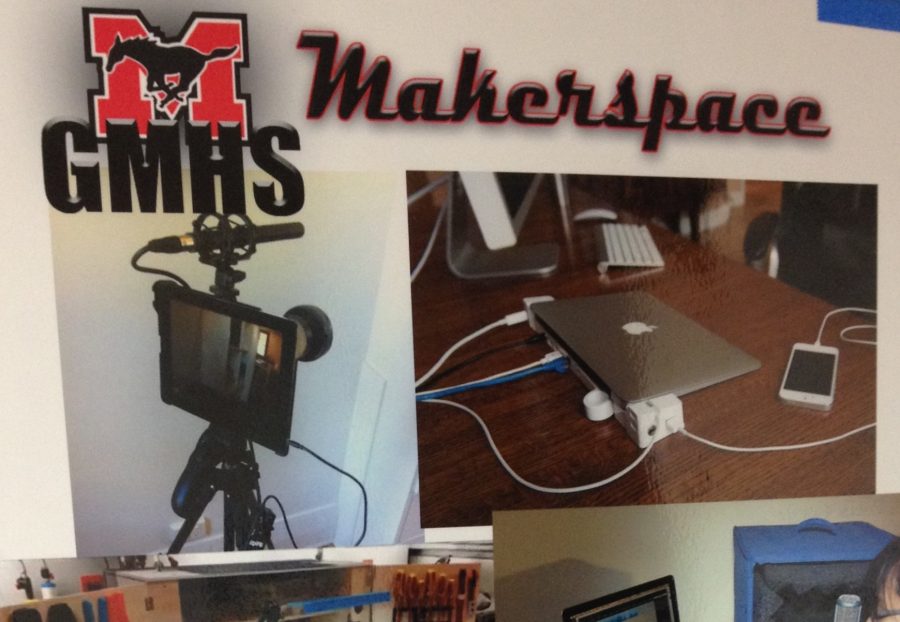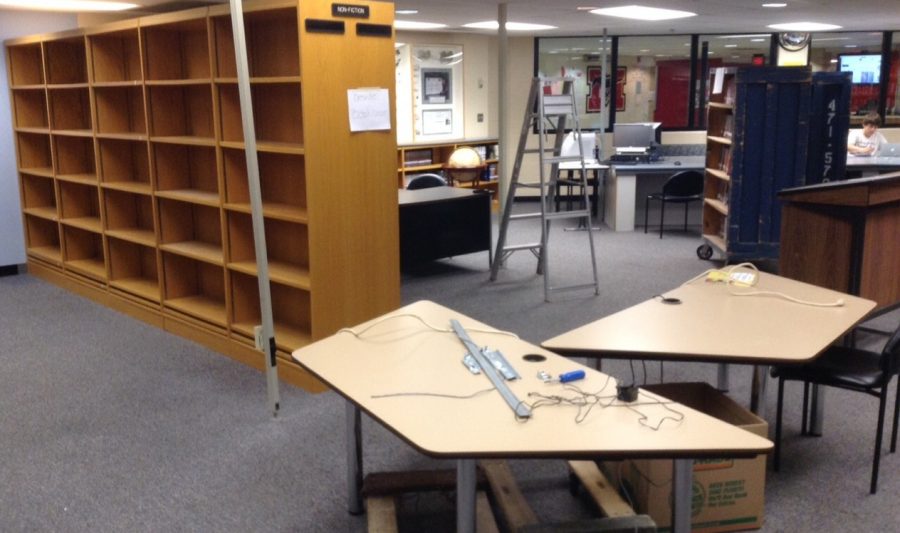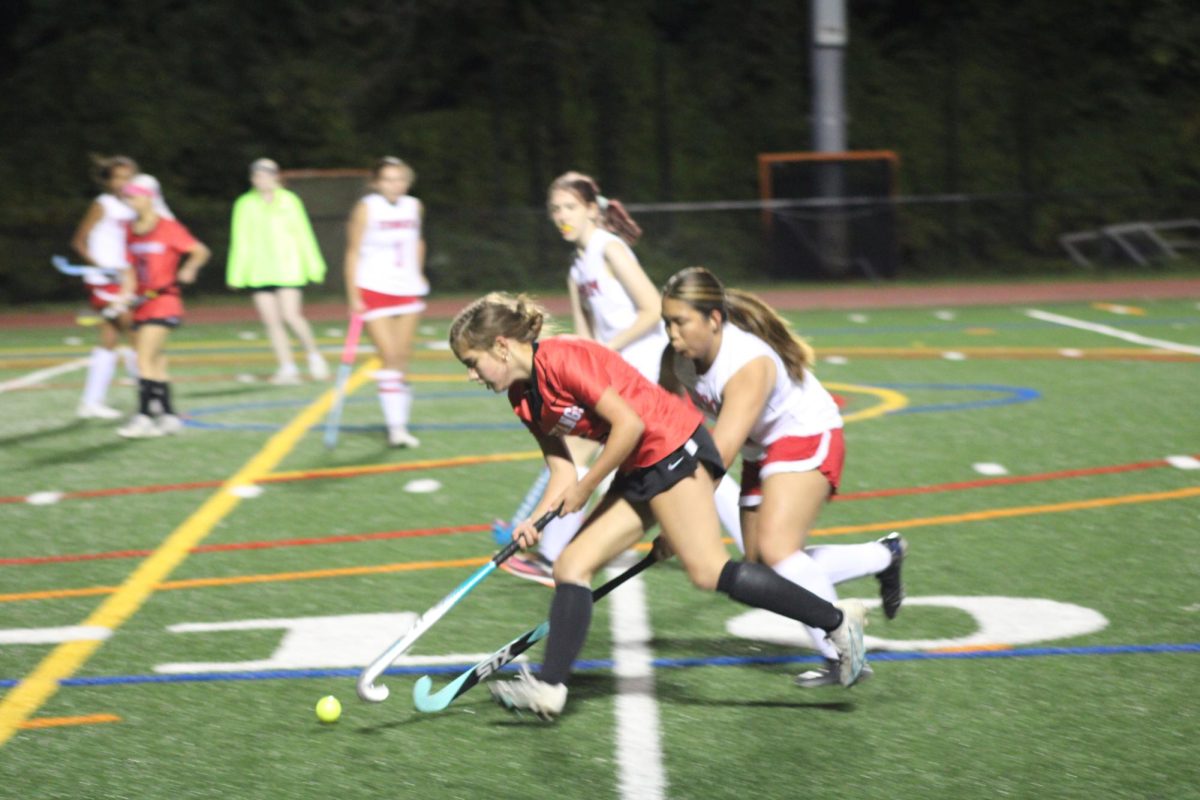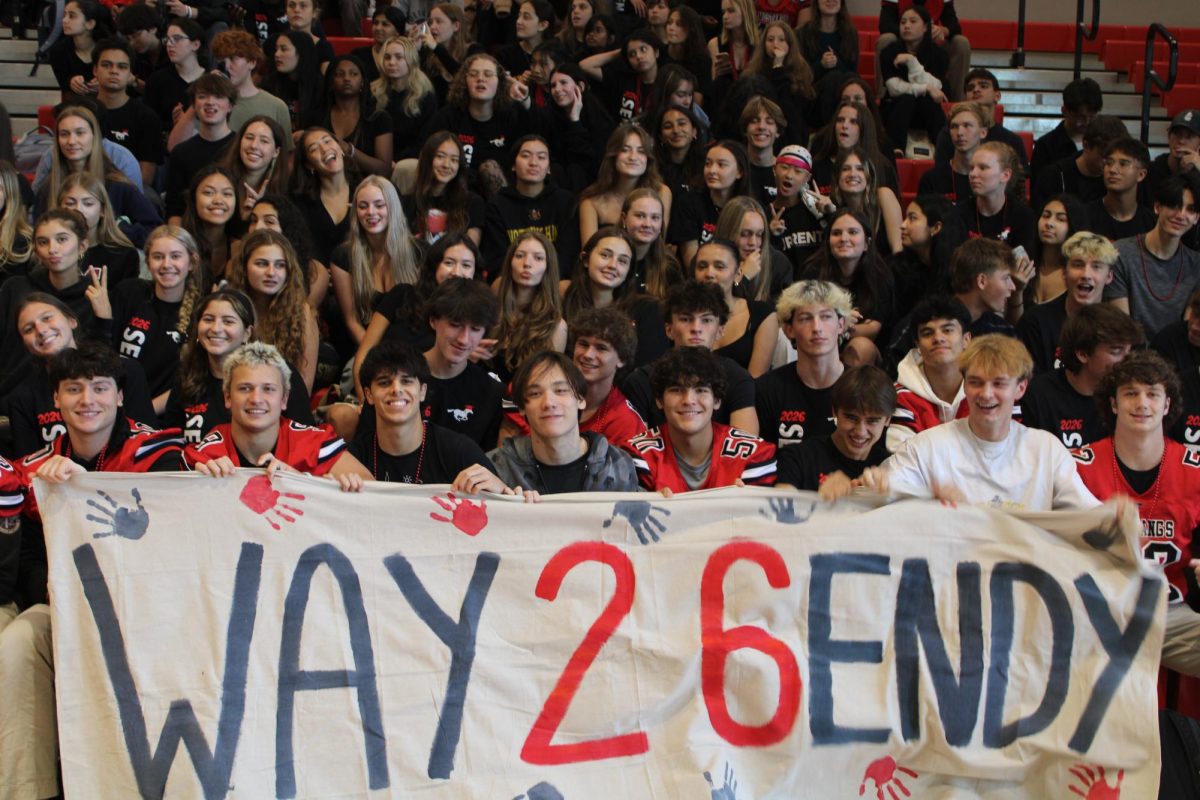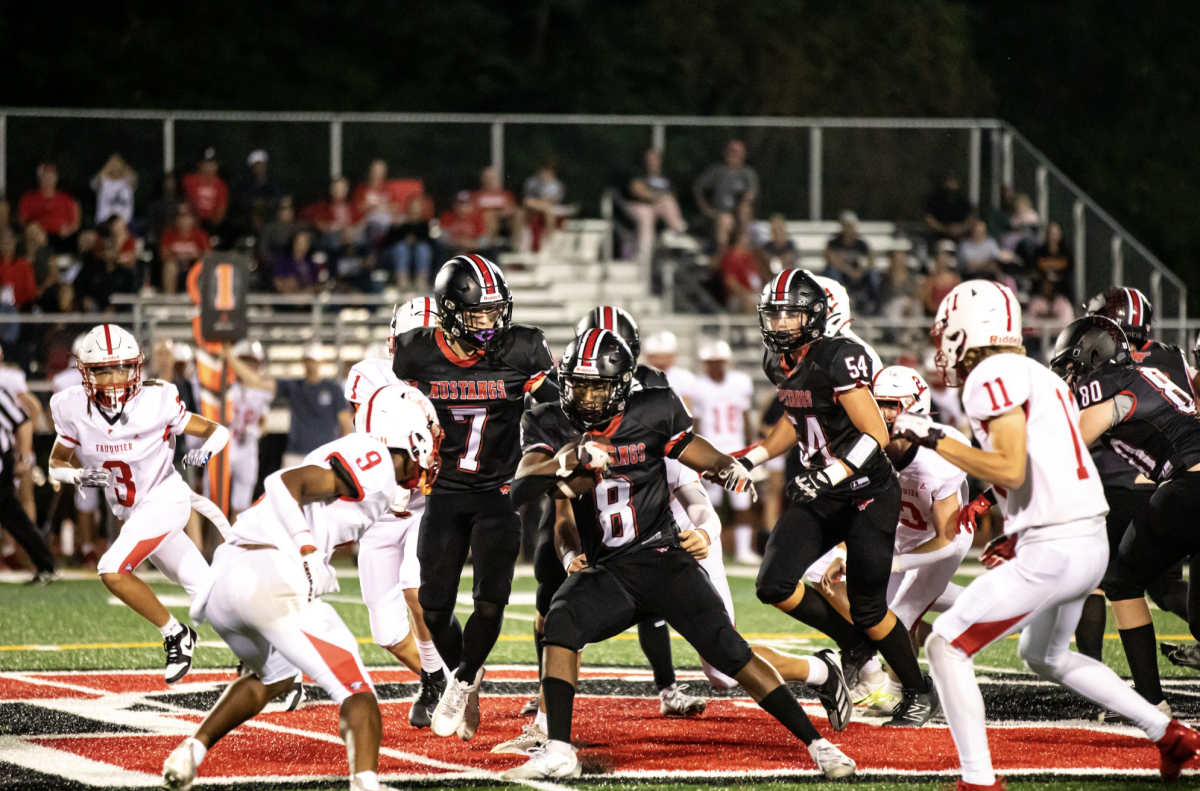The integration of technology into education is set to become more prevalent as Mason introduces its very own makerspace, which will provide students with opportunities for building, creating, and interdisciplinary learning.
The makerspace is unique, for it presents an opportunity for students to do new things, while “allowing them to be in charge of their own education,” said Mr. John Ballou, a veteran GMHS teacher and key initiator of the Makerspace project. It’s a chance to “push yourself into new directions.”
A makerspace is a classroom designed to encourage creativity by giving students the opportunity to create things through a variety of methods, while enabling them to develop new skills along the way. Makerspaces generally contain equipment including, but not limited to, 3D printers, woodworking tools, laser cutters, and textile and sewing instruments.
“[It’s] something we’ve been hoping to do in this school for a long time,” said Ballou.
With the upcoming introduction of the International Baccalaureate Middle Years Program (MYP) to Falls Church City Schools, a need for the development of a makerspace has recently come to the fore. Students will soon require “a place to do long term projects,” Ballou said.
For the MYP program, which will begin at GMHS in about two years, students will be expected to “produce an independent project of some kind, by the time they’re in tenth grade,” said Ballou.
“I see this…as a way of getting ready for the really intense numbers of independent projects that we want to support for every student in the building,” he added.
The MYP is an educational program for students ages eleven to sixteen, and is described by its official handbook as a program “preparing students to be successful in school and to be active, lifelong learners.”
The use of the makerspace will not be limited to just independent projects, though. It will be open to all students, and will be located in the library to furthermore increase its accessibility.
“We want to make that [it] more central,” said Ballou.
And while the makerspace will be additionally used for courses such as Video Production and Robotics, it will still “be an open-door kind of thing,” Ballou said. Students will be able to “just come during lunch and say, hey, let’s try this out. You don’t have to be in a classroom.”
Still, the aim is also to “bring it into classrooms,” said Mr. Kevin Clark, Assistant Principal and member of the STEAM committee.
Clark hopes that the use of the makerspace will “implement interdisciplinary lessons,” as students use the materials and equipment available to “enhance some of the things they’re learning about.”
“[The makerspace] will offer a lot of possibilities [for classrooms],” Clark added, such as the ability to use 3D modeling to create objects related to presentations or curriculum.
“Every concept area is in the Makerspace,” said FCCPS Superintendent Dr. Toni Jones.
The equipment needed for a makerspace is incredibly expensive.
“As of now, the makerspace project is going to cost around $40,000, with our highest ticket item being the laser cutter,” said Clark.
To afford the makerspace, the school is “trying to make sure we [they] use the budget in the materials area wisely,” said Jones. Additionally, there were “cost shifts this year [so that the school] takes that extra money from material and supplies and put that back into the makerspace content.”
The Science, Technology, Engineering, Arts, and Mathematics (STEAM) committee, which is helping drive the vision of the makerspace,?is composed of parents and teachers who “want STEAM-oriented teaching and learning happening,” said Jones, who serves as one of the members of the committee. The STEAM committee is “trying to offer courses that are 21st century in their design,” she added.
“It’s a space where students can go in, create and innovate,” Dr. Jones said.
“If you’re looking for lifetime learning skills, that??s the kind of paradigm you want to follow.” Ballou said.
“[The makerspace] will have all the things you would need to help tell a story,?? Ballou added. “You’ve gotta be able to tell your story, and [we’ll do ] whatever we can do to make that happen.”
So how can you figure out what story you have to tell? In the words of Mr. Clark: “Come create.”



